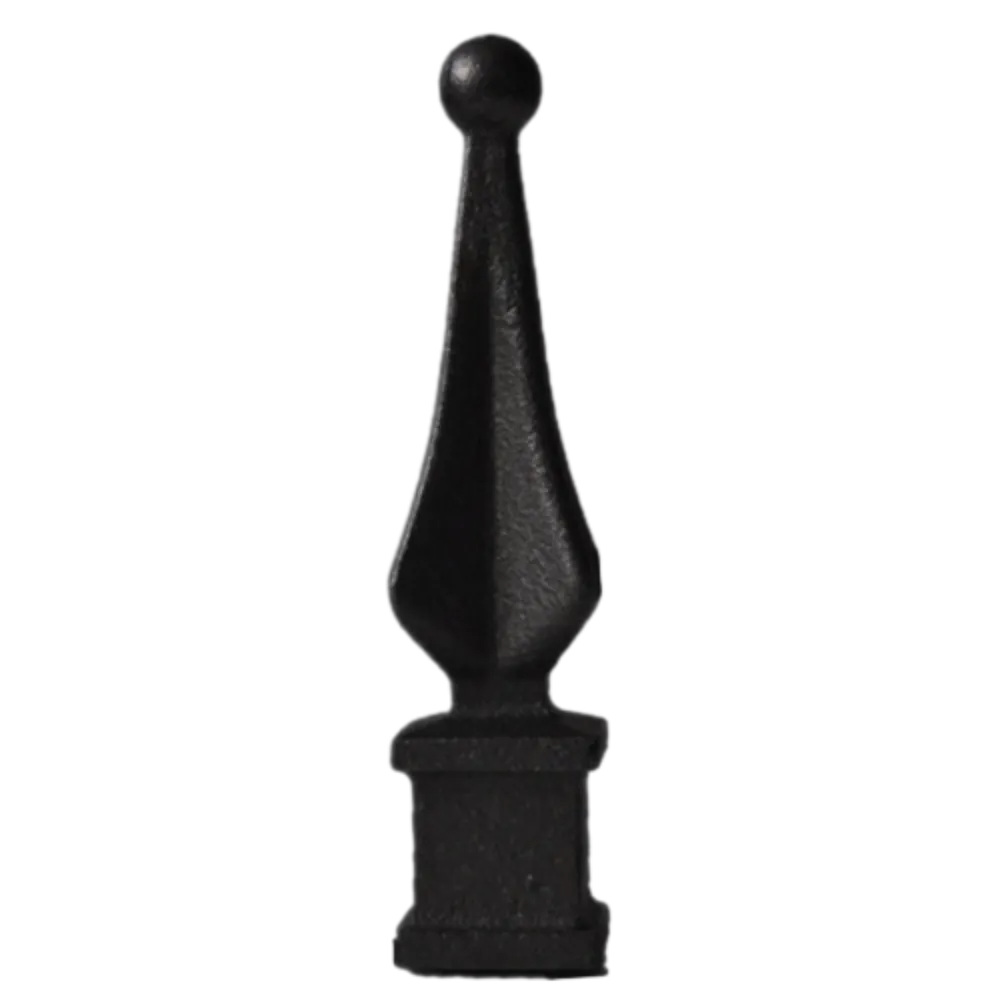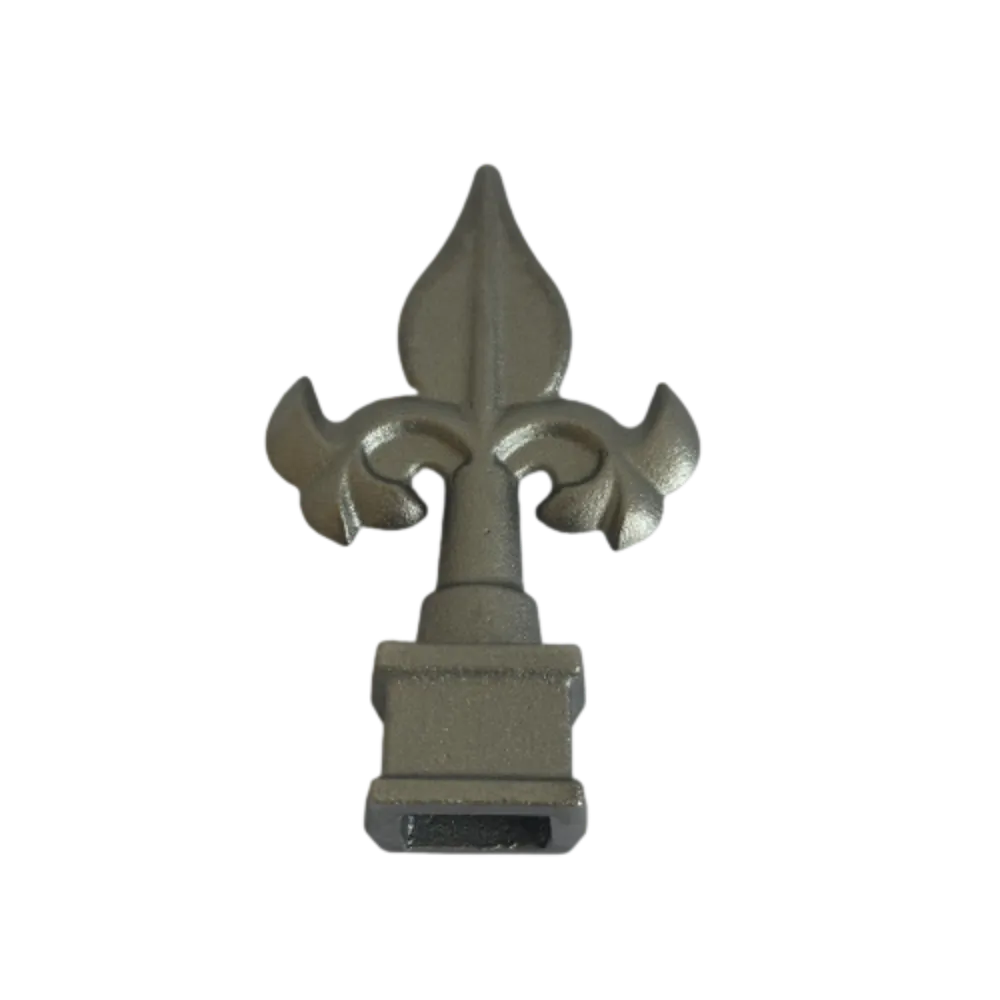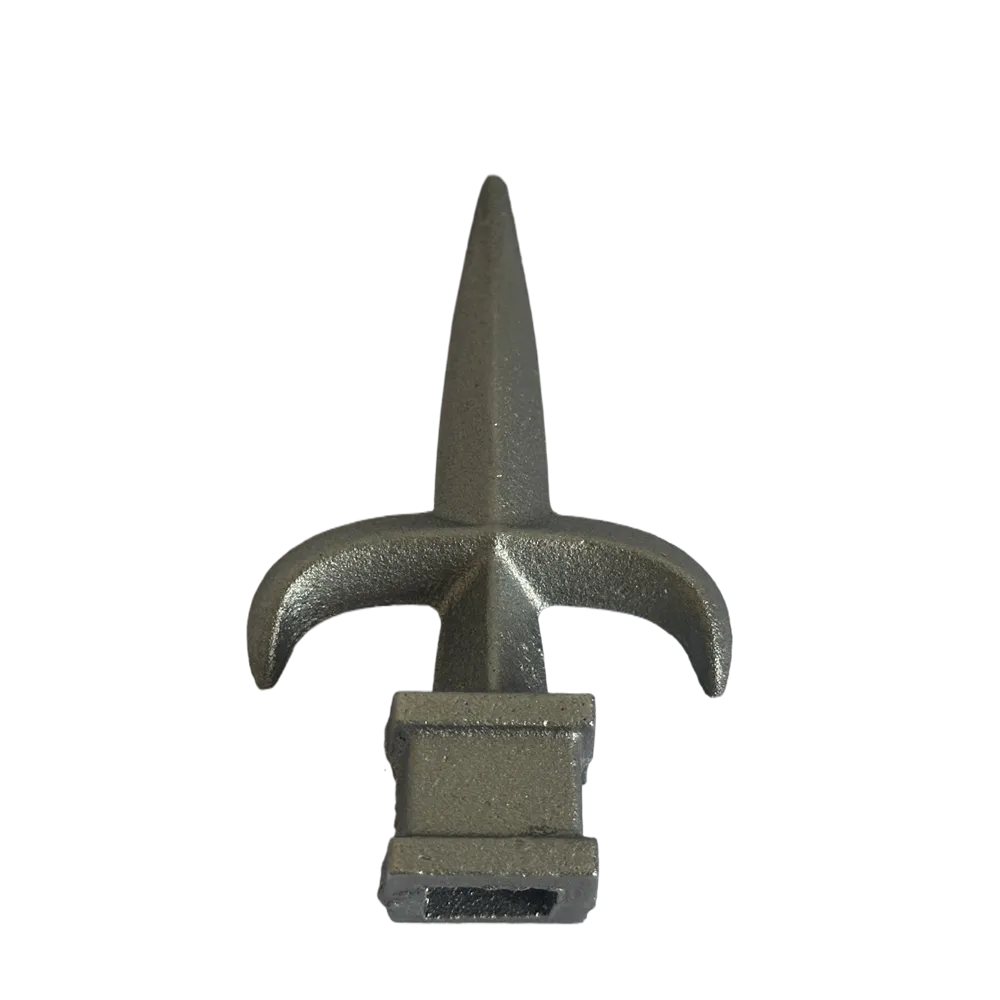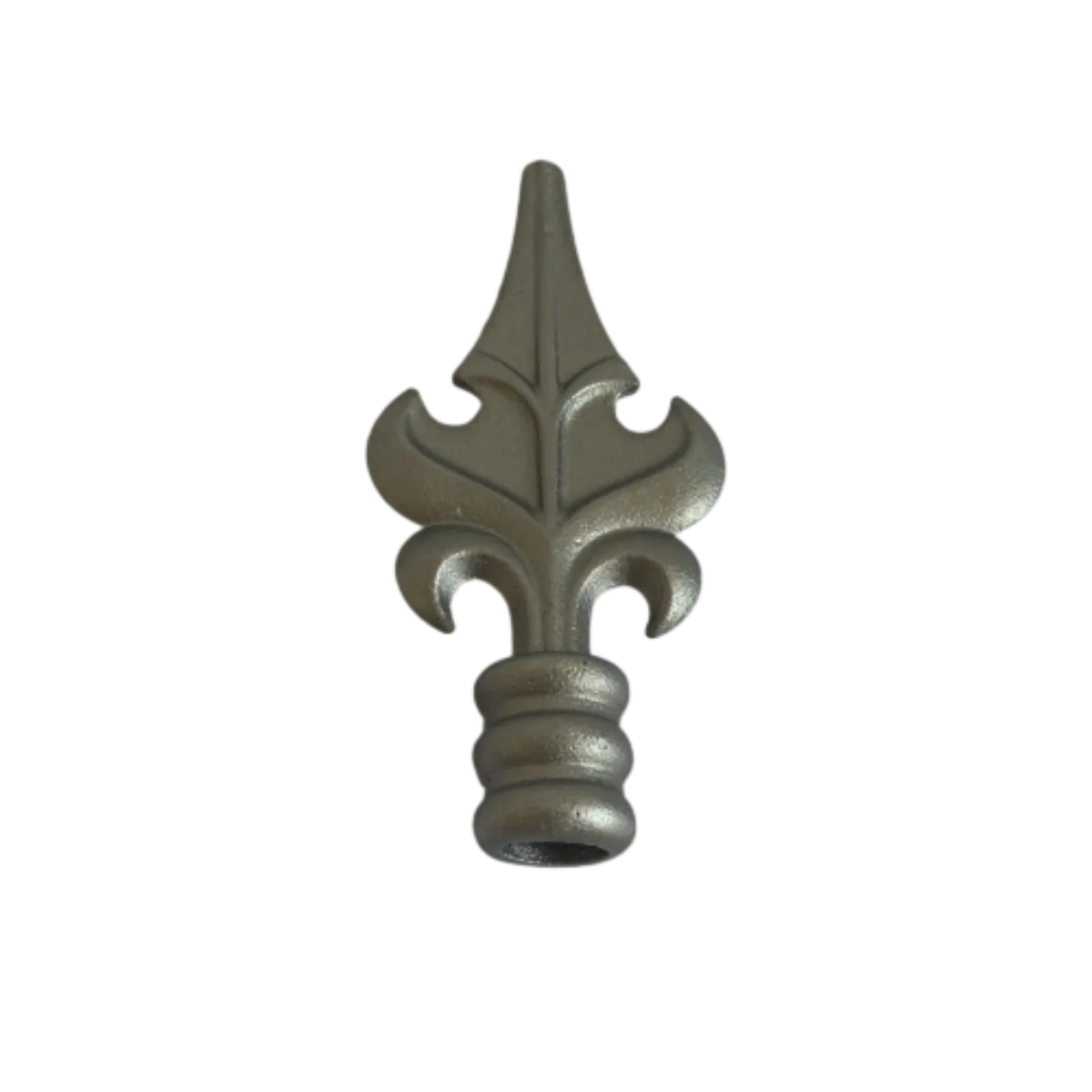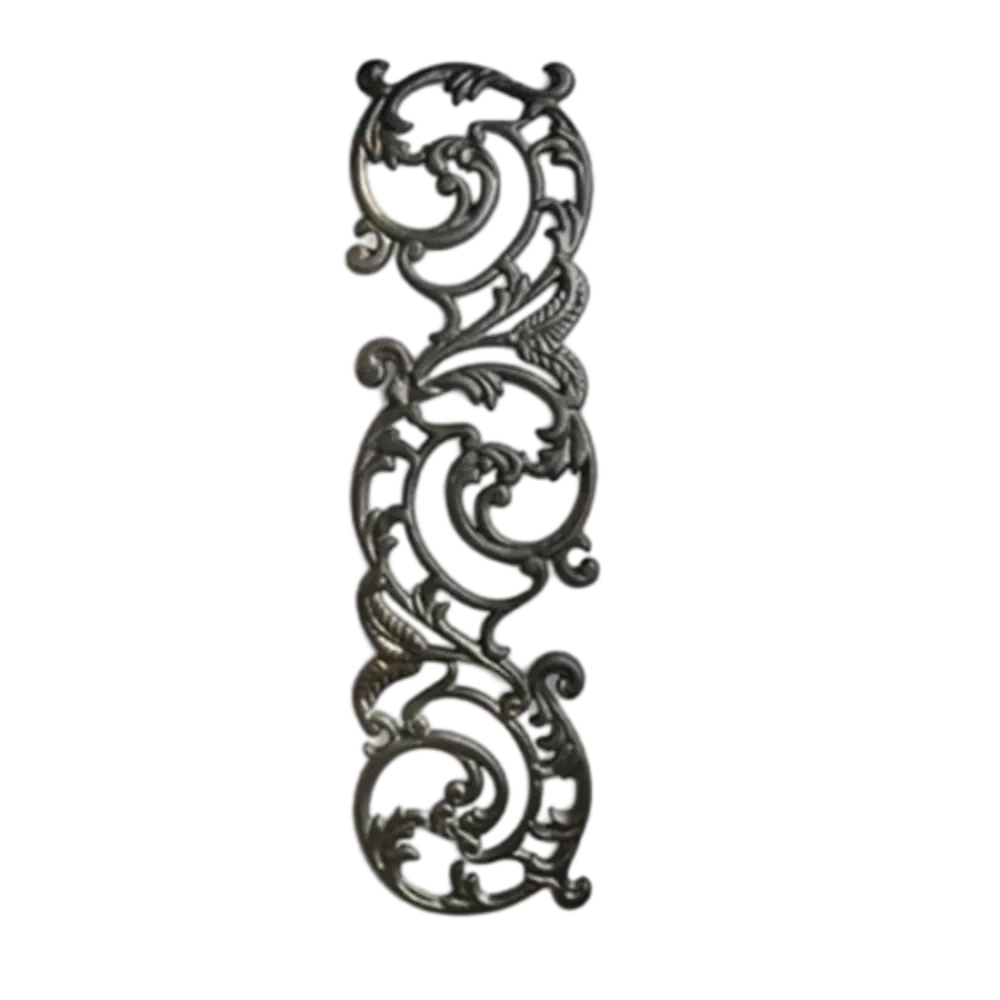what is wrought metal
What is Wrought Metal?
Wrought metal, often referred to in the context of metalworking, encompasses a range of materials that have been physically shaped and manipulated through mechanical processes. Unlike cast metals, which are poured into molds to solidify, wrought metals are generally produced by forging, rolling, or pressing. This working of the metal at high temperatures enables the creation of a wide variety of products characterized by enhanced strength and ductility.
What is Wrought Metal?
Wrought metals are typically produced through a series of processes that involve heating the metal above its recrystallization temperature, allowing it to be malleable enough to shape. Common techniques include hammering, rolling, and pressing. Each method imparts specific qualities to the metal. For instance, hammering can create intricate designs while rolling is often used to produce sheets and plates. These processes not only change the shape but also refine the grain structure of the metal, imparting improved mechanical properties.
what is wrought metal

There are several types of wrought metals, among which aluminum, copper, nickel, and various steels are the most prominent. Aluminum alloys, for instance, are widely used in aerospace and automotive industries due to their lightweight nature and strength. Copper is another widespread wrought metal, utilized extensively in electrical applications due to its excellent conductivity. Meanwhile, steel remains one of the most versatile materials, with wrought variants like stainless steel and tool steel being crucial in construction and manufacturing.
One of the significant advantages of wrought metals is their ability to withstand stress and fatigue. The processes involved in creating wrought metal eliminate or minimize porosity and defects that are often found in cast metals. This results in a material that is not only tougher but also more uniform in structure. Additionally, wrought metals can be easily formed into complex shapes and designs, making them ideal for applications ranging from decorative art to structural components.
In various industries, wrought metals play a pivotal role. The construction sector relies on wrought steel for beams, columns, and reinforcement bars, while the automotive industry uses them in engine parts and chassis components. Moreover, wrought metals are also favored for their aesthetic appeal in architectural applications and decorative pieces, where the craftsmanship can convey intricate artistic expressions.
In conclusion, wrought metal represents a significant category of materials that have been skillfully shaped and refined through traditional and modern metalworking techniques. Its unique properties make it indispensable across various industries, combining functionality with creativity. As technologies advance, the methods of producing and manipulating wrought metals will continue to evolve, ensuring their relevance and utility for future generations. The artistry involved in wrought metal remains a testament to human ingenuity and craftsmanship, merging utility with beauty in the modern world.
-
Wrought Iron Components: Timeless Elegance and Structural StrengthNewsJul.28,2025
-
Window Hardware Essentials: Rollers, Handles, and Locking SolutionsNewsJul.28,2025
-
Small Agricultural Processing Machines: Corn Threshers, Cassava Chippers, Grain Peelers & Chaff CuttersNewsJul.28,2025
-
Sliding Rollers: Smooth, Silent, and Built to LastNewsJul.28,2025
-
Cast Iron Stoves: Timeless Heating with Modern EfficiencyNewsJul.28,2025
-
Cast Iron Pipe and Fitting: Durable, Fire-Resistant Solutions for Plumbing and DrainageNewsJul.28,2025
-
 Wrought Iron Components: Timeless Elegance and Structural StrengthJul-28-2025Wrought Iron Components: Timeless Elegance and Structural Strength
Wrought Iron Components: Timeless Elegance and Structural StrengthJul-28-2025Wrought Iron Components: Timeless Elegance and Structural Strength -
 Window Hardware Essentials: Rollers, Handles, and Locking SolutionsJul-28-2025Window Hardware Essentials: Rollers, Handles, and Locking Solutions
Window Hardware Essentials: Rollers, Handles, and Locking SolutionsJul-28-2025Window Hardware Essentials: Rollers, Handles, and Locking Solutions -
 Small Agricultural Processing Machines: Corn Threshers, Cassava Chippers, Grain Peelers & Chaff CuttersJul-28-2025Small Agricultural Processing Machines: Corn Threshers, Cassava Chippers, Grain Peelers & Chaff Cutters
Small Agricultural Processing Machines: Corn Threshers, Cassava Chippers, Grain Peelers & Chaff CuttersJul-28-2025Small Agricultural Processing Machines: Corn Threshers, Cassava Chippers, Grain Peelers & Chaff Cutters




